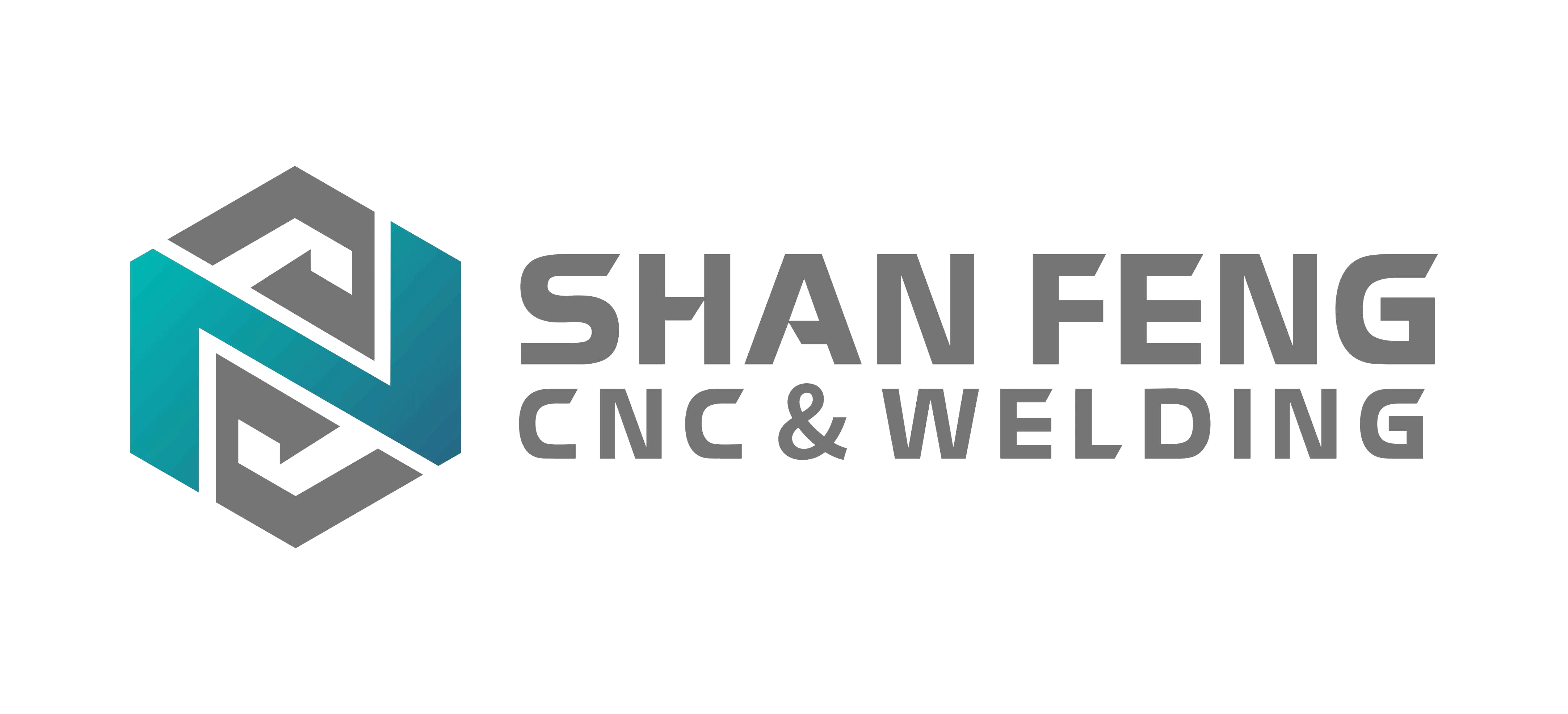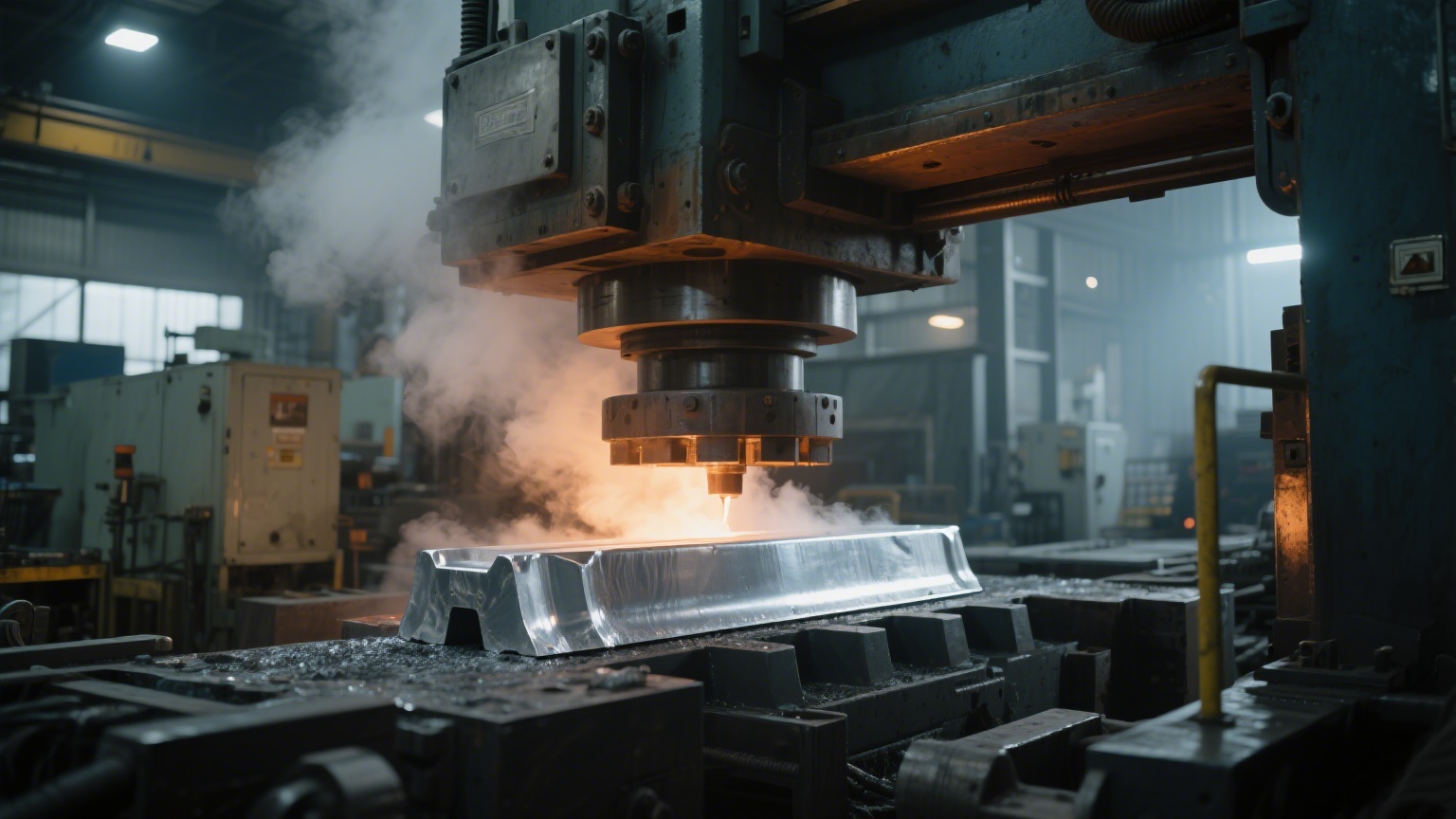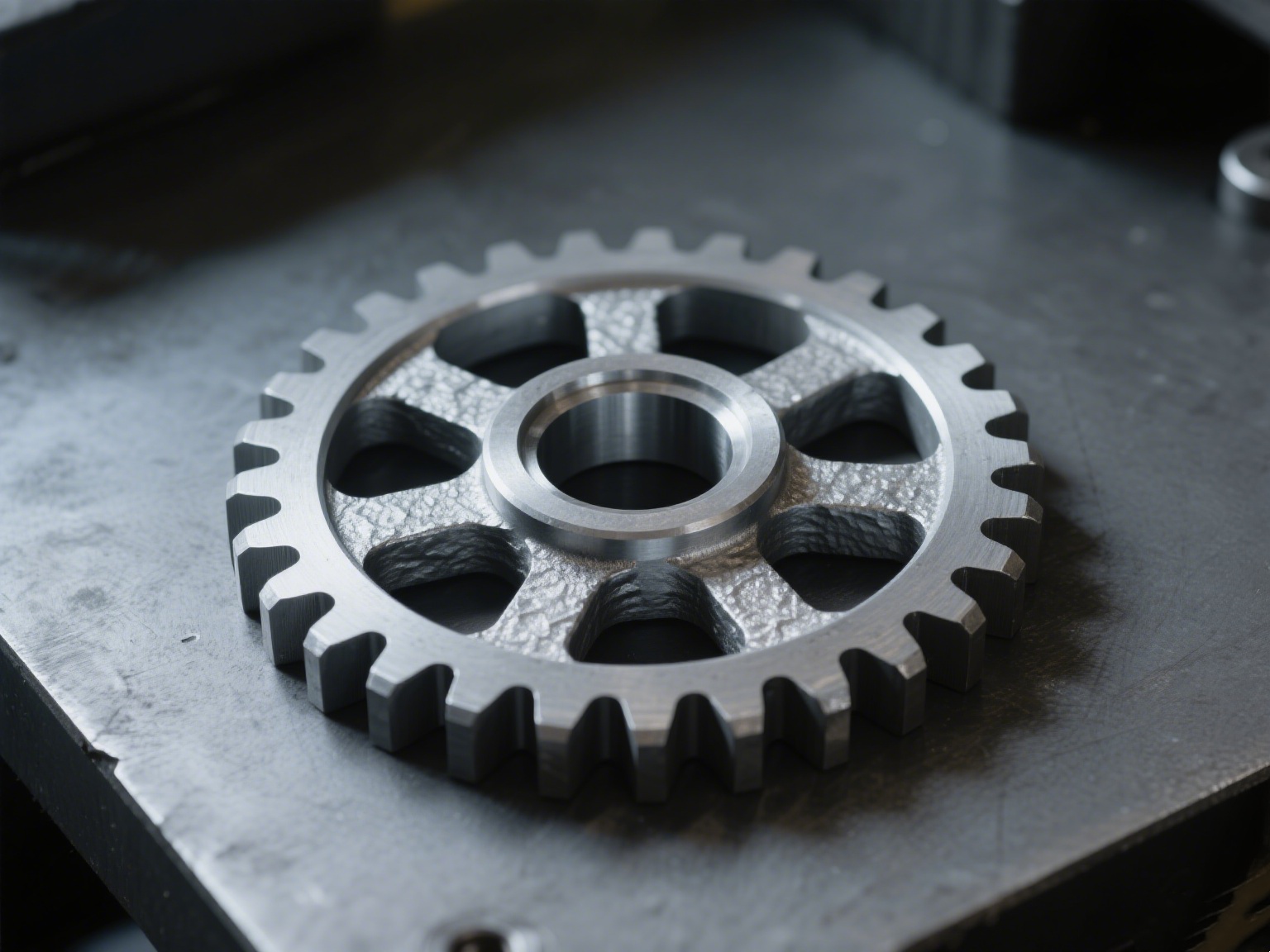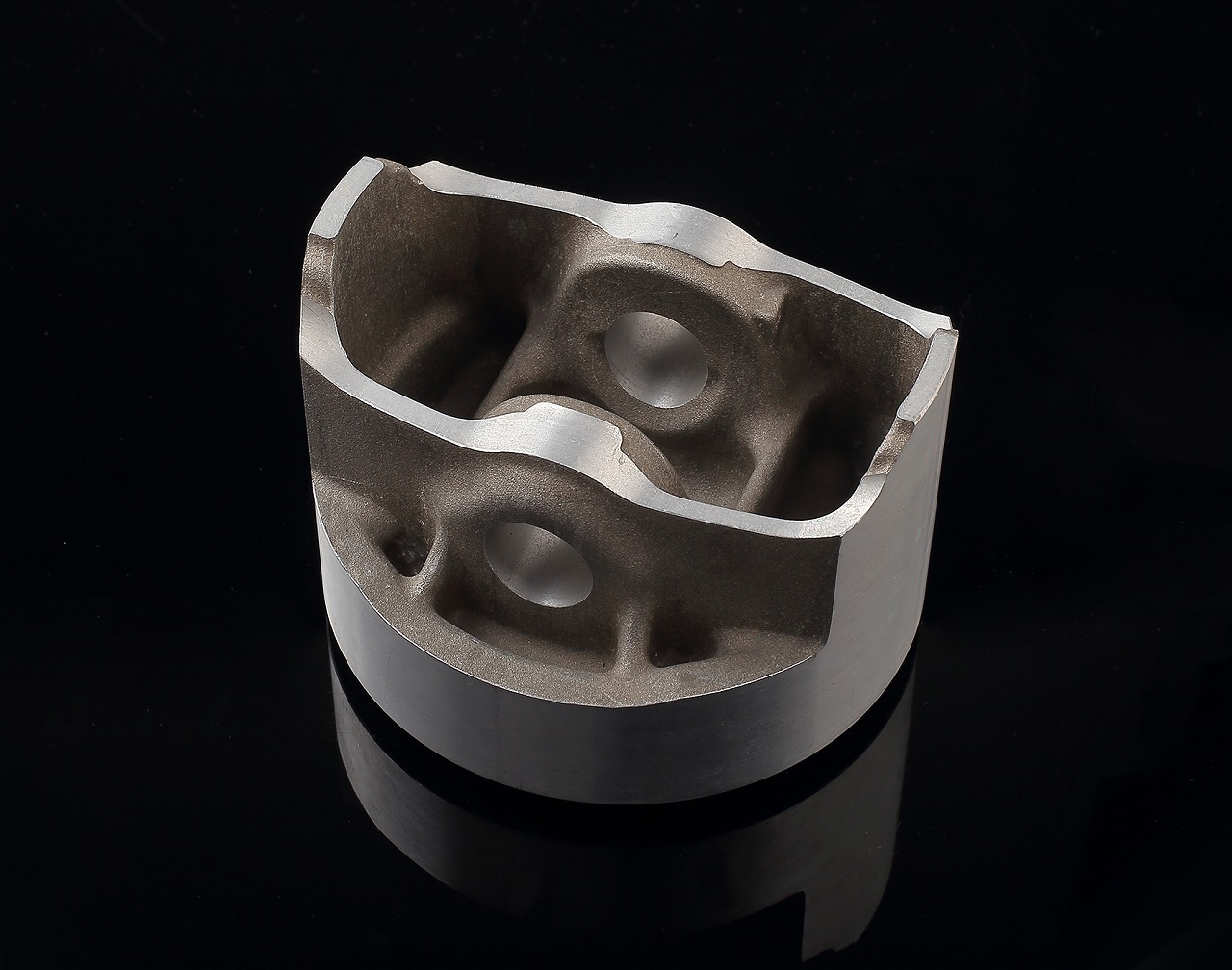Aluminum Forging: Shaping the Future with Strength and Innovation
In the realm of advanced manufacturing, aluminum forging stands as a testament to human ingenuity, blending time-honored techniques with cutting-edge technology to produce components that define modern industry. This process, which involves shaping aluminum alloys through controlled deformation under high pressure, has revolutionized sectors from aerospace to automotive, offering a unique combination of strength, lightness, and versatility that few other manufacturing methods can match.
At its core, aluminum forging transforms raw aluminum billets into complex, high-performance parts through a series of precisely engineered steps. The process begins with the selection of the optimal aluminum alloy, each with its own unique set of properties tailored to specific applications. Once the alloy is chosen, the billet is heated to a precise temperature range—typically between 350°C and 500°C, depending on the alloy—to enhance its malleability without compromising its structural integrity. This heated billet is then placed into a die, where a forging press applies immense force, ranging from a few hundred tons to several thousand tons, to shape the metal into the desired form. The result is a component with a refined grain structure, offering superior mechanical properties compared to cast or machined parts.
Unrivaled Mechanical Properties: A Data-Driven Advantage
The true power of aluminum forging lies in its ability to produce components with exceptional mechanical properties, as demonstrated by the following comparative data:
Property | Forged Aluminum (6061-T6) | Cast Aluminum (A356-T6) | Machined Aluminum (6061-T6) |
Tensile Strength | 310 MPa ± 5 MPa | 290 MPa ± 8 MPa | 310 MPa ± 5 MPa |
Yield Strength | 276 MPa ± 4 MPa | 240 MPa ± 7 MPa | 276 MPa ± 4 MPa |
Elongation at Break | 12% ± 1% | 6% ± 1% | 12% ± 1% |
Fatigue Strength (10^7 cycles) | 110 MPa ± 3 MPa | 90 MPa ± 5 MPa | 105 MPa ± 4 MPa |
Impact Toughness (Charpy) | 20 J ± 1 J | 12 J ± 2 J | 18 J ± 1 J |
This table clearly illustrates the superior performance of forged aluminum, particularly in terms of fatigue strength and impact toughness—critical factors in applications where components are subjected to repeated stress or sudden loads. The tighter tolerances in the data for forged aluminum also highlight the consistency and precision that the forging process offers, ensuring that each component meets exacting standards.
Innovations in Forging Technology: Pushing the Boundaries
Recent years have seen remarkable innovations in aluminum forging technology, expanding its capabilities and opening up new applications. One such innovation is isothermal forging, a process where both the billet and the die are maintained at the same temperature throughout the forging operation. This technique allows for more complex shapes to be formed with greater precision, as the metal remains ductile throughout the process, reducing the risk of cracking or tearing. Isothermal forging is particularly valuable in the aerospace industry, where intricate components with thin walls and complex geometries are required.
Another groundbreaking development is 3D forging simulation, which uses advanced computer-aided engineering (CAE) software to model the forging process before it is executed. This technology allows engineers to optimize die design, predict material flow, and identify potential defects—such as voids or uneven grain structure—before a single billet is forged. By simulating the process, manufacturers can reduce trial-and-error, minimize material waste, and shorten production cycles, making aluminum forging more efficient and cost-effective than ever before.
Applications Across Industries: From Sky to Street
The versatility of aluminum forging has made it indispensable across a wide range of industries:
Aerospace: Forged aluminum components are a mainstay in aircraft structures, including wing spars, landing gear components, and engine mounts. The high strength-to-weight ratio of forged aluminum helps reduce fuel consumption while ensuring the safety and reliability of aircraft. For example, the Boeing 787 Dreamliner uses forged aluminum components in its landing gear system, contributing to its impressive fuel efficiency.
Automotive: In the automotive sector, aluminum forging is used to produce critical components such as crankshafts, connecting rods, and suspension parts. These components offer a significant weight reduction compared to their steel counterparts, improving fuel efficiency and reducing emissions without sacrificing performance. Luxury automakers like Tesla and BMW have embraced aluminum forging to enhance the performance and sustainability of their vehicles.
Defense: The defense industry relies on aluminum forging for the production of lightweight, high-strength components for military vehicles, aircraft, and weapons systems. Forged aluminum components offer superior resistance to impact and fatigue, ensuring reliability in the most demanding environments.
Medical: In the medical field, aluminum forging is used to produce precision components for medical devices, such as surgical instruments and diagnostic equipment. The biocompatibility of certain aluminum alloys, combined with the precision of the forging process, makes them ideal for these applications.
Sustainability: A Greener Manufacturing Choice
In an era of increasing environmental awareness, aluminum forging stands out as a sustainable manufacturing option. Aluminum is 100% recyclable, and the forging process generates minimal waste compared to other manufacturing methods. Additionally, the high strength-to-weight ratio of forged aluminum components contributes to energy efficiency in end-use applications, reducing carbon emissions over the lifecycle of the product.
For example, the use of forged aluminum in automotive applications can reduce the weight of a vehicle by up to 30%, leading to a corresponding reduction in fuel consumption and emissions. Similarly, in aerospace applications, the lightweight properties of forged aluminum reduce the amount of fuel required to lift and propel aircraft, resulting in significant environmental benefits.
The Future of Aluminum Forging: Infinite Possibilities
As technology continues to advance, the future of aluminum forging looks brighter than ever. Researchers are exploring the use of new aluminum alloys, such as scandium-containing alloys, which offer even higher strength and corrosion resistance. Additionally, advancements in additive manufacturing are being integrated with forging processes, allowing for the production of complex components with unprecedented precision and efficiency.
One particularly exciting area of development is the use of artificial intelligence (AI) in forging process optimization. AI algorithms can analyze vast amounts of data from previous forging operations to predict and optimize process parameters, reducing cycle times and improving component quality. This integration of AI and forging technology is set to revolutionize the manufacturing industry, making aluminum forging more efficient, cost-effective, and versatile than ever before.
In conclusion, aluminum forging is a manufacturing process that combines strength, precision, and sustainability to produce components that are essential to modern industry. From aerospace to automotive, defense to medical, the applications of forged aluminum are vast and varied, and its future potential is limitless. As we continue to push the boundaries of technology and innovation, aluminum forging will undoubtedly play a central role in shaping the world of tomorrow.
|
Type
|
Aluminum Parts Forging |
Entrance size
|
Customized based on your drawings |
![]()







